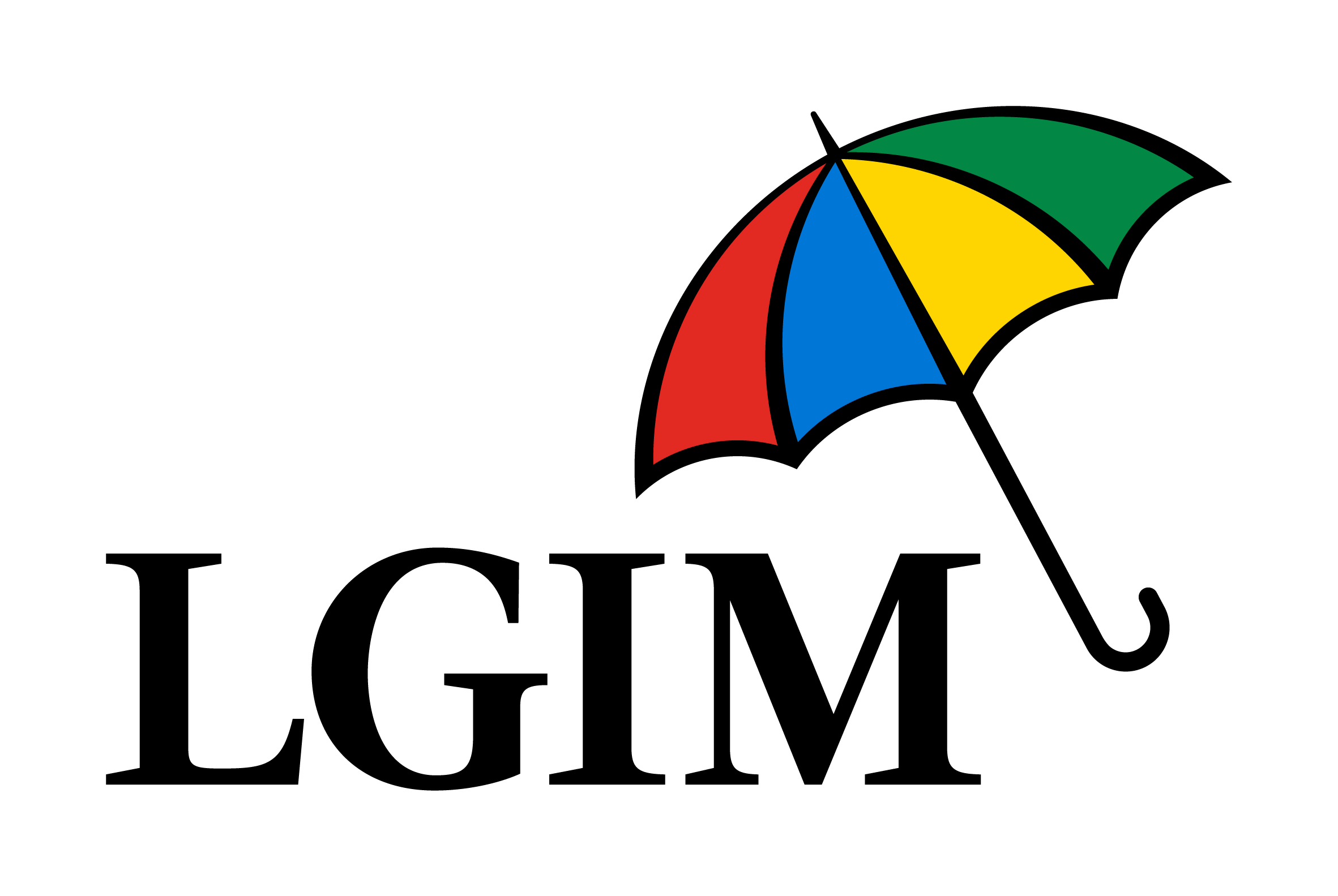Investors have piled into fixed income ETFs at the start of the year amid dampening inflation expectations and an increasingly negative outlook for the global economy.
According to data from Bloomberg Intelligence, fixed income ETFs in Europe have seen €2.8bn inflows so far this year, as at 10 January, as attractive yields drive investors to different corners of the asset class.
It is a similar story in the US with bond ETFs posting $9.3bn inflows in the first week of trading this year, up 58% from the week prior, according to ETF.com.
In particular, the PIMCO US Dollar Short Maturity UCITS ETF (MINT) has seen $737m inflows in 2023, the most across all ETFs listed in Europe, as at 10 January, according to data from ETFLogic.
Other corporate bond exposures that have seen strong demand are the iShares Core € Corp Bond UCITS ETF (IEAC) and the iShares € Corp Bond SRI UCITS ETF (SUOE) which have seen a combined $493m inflows over the same period.
Furthermore, some investors have started to turn to long-duration government bonds once again with the iShares $ Treasury Bond 20+yr UCITS ETF (IBTL) and the iShares € Govt Bond 15-30yr UCITS ETF (IBGL) capturing a combined $165m inflows.
The inflows show investors are increasingly bullish about the outlook for fixed income with markets forecasting US interest rates to peak at 5% in March.
The latest inflation reading in December 2022 has given investors cause for hope with the Bureau of Labor Statistics announcing that the Consumer Price Index (CPI) slowed for a fifth straight month in a row to 7.1% last November, below forecasts of 7.3%.
If US inflation continues to fall, this will create an attractive environment for longer-duration bonds which were hammered last year as interest rates rose.
Tim Drayson, head of economics at Legal & General Investment Management, said the prospect of interest rate cuts from the Federal Reserve and Bank of England presents an opportunity to add duration risk to portfolios.
“We are positive on duration going into 2023, looking for nominal and real government bond yields to drift lower after shooting higher in 2022.
“The repricing of real yields over the last 12 months is one of the most profound changes in the investment landscape,” Drayson continued. “That should offer some respite to assets which have been punished as yields moved rapidly higher.”
Another area of the fixed income market that is seeing demand is high yield. This year, the US-listed iShares iBoxx USD High Yield Corporate Bond ETF (HYG) has seen $1.2bn inflows.
Lorraine Sereyjol-Garros, global head of ETF and index sales at BNP Paribas Asset Management, told ETF Stream, high yield is currently favoured by clients due to the attractive yields on offer.
“They prefer to access this asset class through ETFs because there is a strong degree of diversification versus active funds which are more focused,” she added.
Related articles







